Lesson: Theme and Symbols
What is a theme?
A theme is a statement that attempts to express a universal notion, feeling, or affirmation.
Be careful not to approach it simply as a topic, but be aware that it includes some form of an opinion. It can't be just "War" or "Love" but make a statement about it: "War is bad because innocent people die."
Writer Chuck Wendig calls theme your "FEELINGS and OPINIONS...[the] hidden arguments going on behind the walls of the story...Every story is an argument."
Topics will naturally attach themselves to an opinion, so you make statements whether you are trying or not. So, you never have to worry or force a theme. It will happen naturally, whether you choose it or not. However, when crafting a theme, you want to be in control of what you are saying.
A theme is revealed through choice:
- The choices you make for your story reflect these beliefs and opinions.
- The choices your characters make reflect the theme...especially their final ones.
You may or may not have already started to implement themes into your scripts. It embeds itself into the structure and storyline, through the actions, dialogue, and images or sounds of your script.
A theme should be developed alongside the plot and character. All three should work together. So as we discuss this topic, realize that you can start with plot (concept), character (protagonist vs. antagonist), or theme (topic).
Lastly, although we’re talking about theme in the singular, most long-form stories contain multiple themes, often linked to the different relationships of the characters.
Finding your theme
So when thinking about thematic arguments, approach them in a way similar to how you'd approach a thesis for an essay:
- Ask yourself: What is the topic?
- Then, assert something about that topic.
Think about the thematic argument as (Topic) is (value) because (cause). For example, "Crime doesn’t pay because justice prevails."
Like I said earlier, the theme can develop out of the plot or characters or can be considered first. If you are trying to begin your story from theme, but are struggling, ask yourself:
- What matters to you? What are you passionate about?
- What is important to you in this world?
- Who do you wish you could help more?
- What do you wish you could say to the world?
From these questions, you may find energy or interest in a topic that you can develop into a story.
Tactics to show theme
Depending on how you’ve begun your story (plot, character, or theme), use the tactics below to help build out the theme, or to shape it and accentuate your points.
Use + / - values to show your theme
Theme is an argument, that either you agree or disagree with. (Of course, there is also a third option which is indifference or no opinion).
Using these positive and negative values, have the events of your story move back and forth across the spectrum.

For example, each beat or scene across your story develops the argument for each side:
- Crime pays because it’s easy to steal.
- Crime doesn’t pay because the cops will find you.
- Crime pays as long as you are willing to do whatever it takes to survive.
- Crime doesn’t pay because cops are willing to be corrupt to catch you.
Notice how you can see the story structure and escalation of action as each beat of the theme is explored.
Show the theme through the characters
Similar to the above approach, you can use your protagonist and antagonist to reveal the opposing worldviews.
In their simplest form, these represent a yes/no argument on the topic.
However, the more characters you add, the more a nuanced argument can be shown—including the third one mentioned above: not sure/no opinion.
Now, not only can you create characters with differences of opinions, but also groups of characters that will align or conflict with each other. They could look like this:
- yes (diehards, believers, analysts, etc…)
- no (haters, facts say otherwise, etc….)
- not sure (don’t know, don’t care, not willing to commit)
An example of putting it into the voices of characters could be:
Theme: Hot dogs are sandwiches.
- Yes
- “Once paired with bread, no matter what form it takes, it is absolutely to refer to it as a sandwich.”
- “Sandwich is an umbrella term.”
- “Ruth Bader Ginsburg says it is a sandwich, so you are all stupid.”
- No
- “It deserves its own category, sandwiches have their own category.”
- “You wouldn’t cut it in the middle.”
- “If you say it’s a sandwich, then so is a taco.”
- Not sure/don’t care
- “This is dumb.”
- “Who cares?”
- “There are more important things to worry about in this world.”
WOARO
WOARO is the reason why the theme appears whether you try or not. As your character works through their problem, they’ll eventually make value judgments. Being aware of this fact helps you shape your argument.
This makes it your number one tool for considering this dynamic. Just as an argument is about weighing both sides, WOARO visualizes the struggle of a theme.
If you have characters on opposite ends of the argument (protagonist, antagonist, and supporting characters), you can now explore the theme through action.
The topic can often be defined by your Wants and Obstacle
Use your character's wants or obstacles to represent the topic you are considering.
- Inner and Outer Wants: power, money, happiness
- Inner and Outer Obstacles: prejudice, grief, depression
Use Action and Responses to represent + / - values
This is your pathway, moving back and forth across the +/- values (Crime vs. law-abiding). These actions can be either physical or dialogue.
Dialogue can express a theme, but remember it’s better to show the struggle of a theme than to tell us outright.
Use Outcomes to represent the final value/cause
These define your final ruling on the theme. Does your character find happiness or are they doomed to suffer? How do they overcome grief? Or maybe crime does not pay because the cops are corrupt.
Create multiple storylines or characters, each juxtaposing different aspects of the theme.
As I mentioned above most long-form stories contain multiple themes, often linked to the different storylines or relationships of the characters.

Each storyline or character can be a reflection of that theme, considering different aspects (like above), which can then be played against each other to reveal meaning.
Other Patterns of Development
The theme doesn’t need to be only stated as an argument between two opposing ideas. Like an essay, there are other patterns of development:
- Increase in importance
- Increase in complexity
- Illustrate the complexity of a topic - show all aspects.
- Division and classification - break the problem into pieces.
- Comparison and Contrast - +/- values are shown through action (as discussed above).
- Analogy - comparison to another thing.
- Cause-and-effect analysis - a breakdown of the cause-and-effect of the problem
- Process analysis - Show how a thing is made. Can help show the root causes of an issue.
Alternative Story Structures
As well, different story structures can be used to consider a theme or be a representation of the theme:
- Causality vs. Coincidence
- Active vs. Passive protagonists
- Linear vs. Non-linear time
- Closed vs. Open endings
- Consistent vs. Inconsistent reality
- Change vs. Stasis
How to Actually Build a Theme
As I said at the beginning, the theme should be developed alongside the plot and character. The three main approaches are:
- Write the story and then unpack the theme afterward. What do you think your story is saying? And then how can you refine it to draw out those elements further?
- Begin with a theme that interests you and build it out. For example: If it is jealousy, then consider it as an obstacle (or want) and then figure out where you want to end up (outcome and final value judgment).
- Start with a basic premise and explore the opposing characters on each side of the conflict. What do they want? What are their opposing worldviews?
Always refine the draft afterward to draw out the theme as best as possible. Look for ways to consider it further.
Also, when working with any option, be sure to dig a little bit. Use the method of "five whys" to continually unpack the meaning of your story.
Symbolism
Sometimes it's helpful to use symbolism to show themes on the screen. Using a visual or auditory cue can represent an abstract idea in a more poetic, clean, and precise way than we can with words and dialogue.
To show these symbols, screenwriters can use characters, dialogue, gestures, objects, sounds, colors, and locations to carry that meaning.
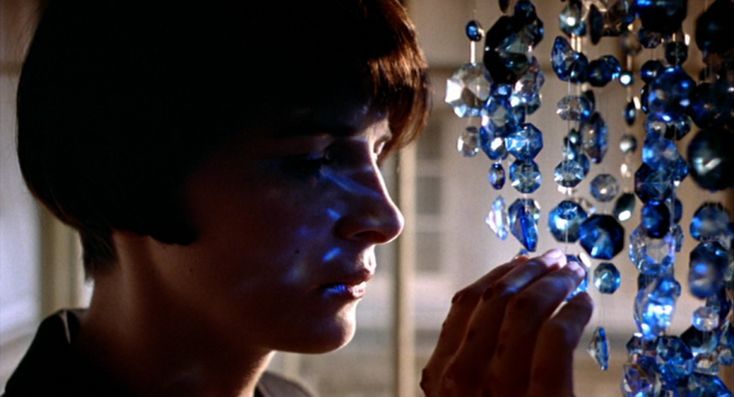
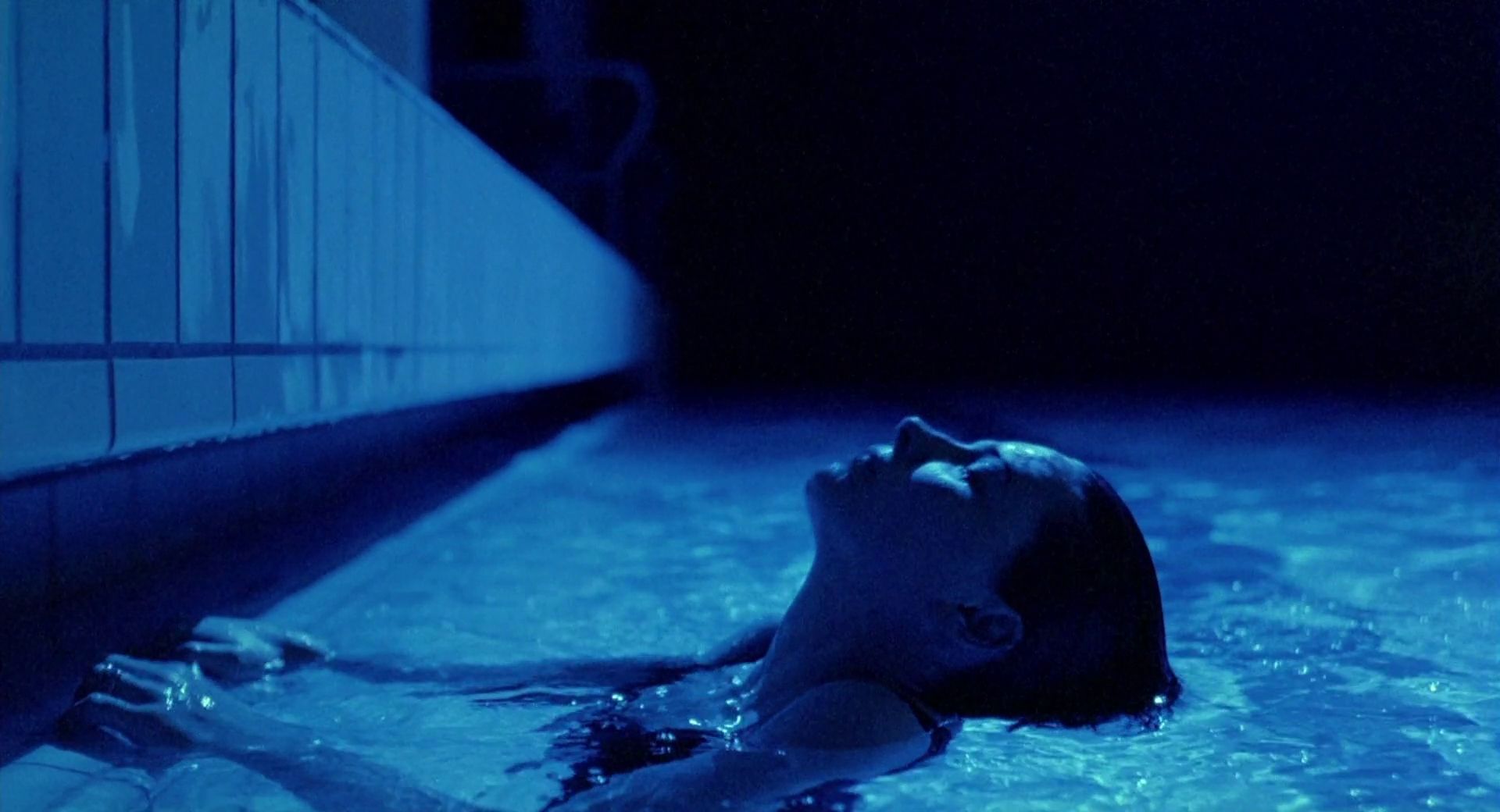

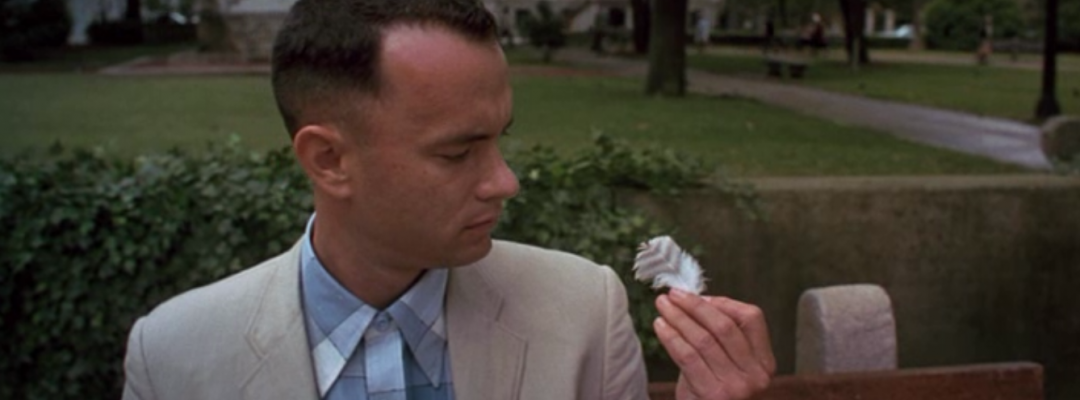
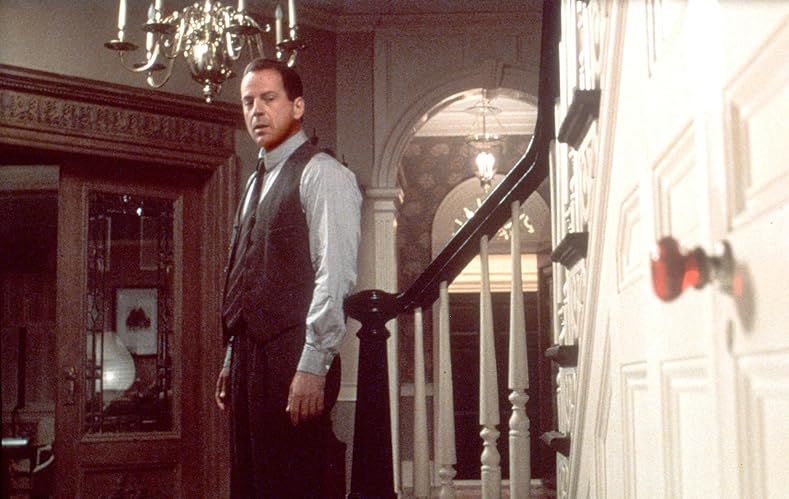
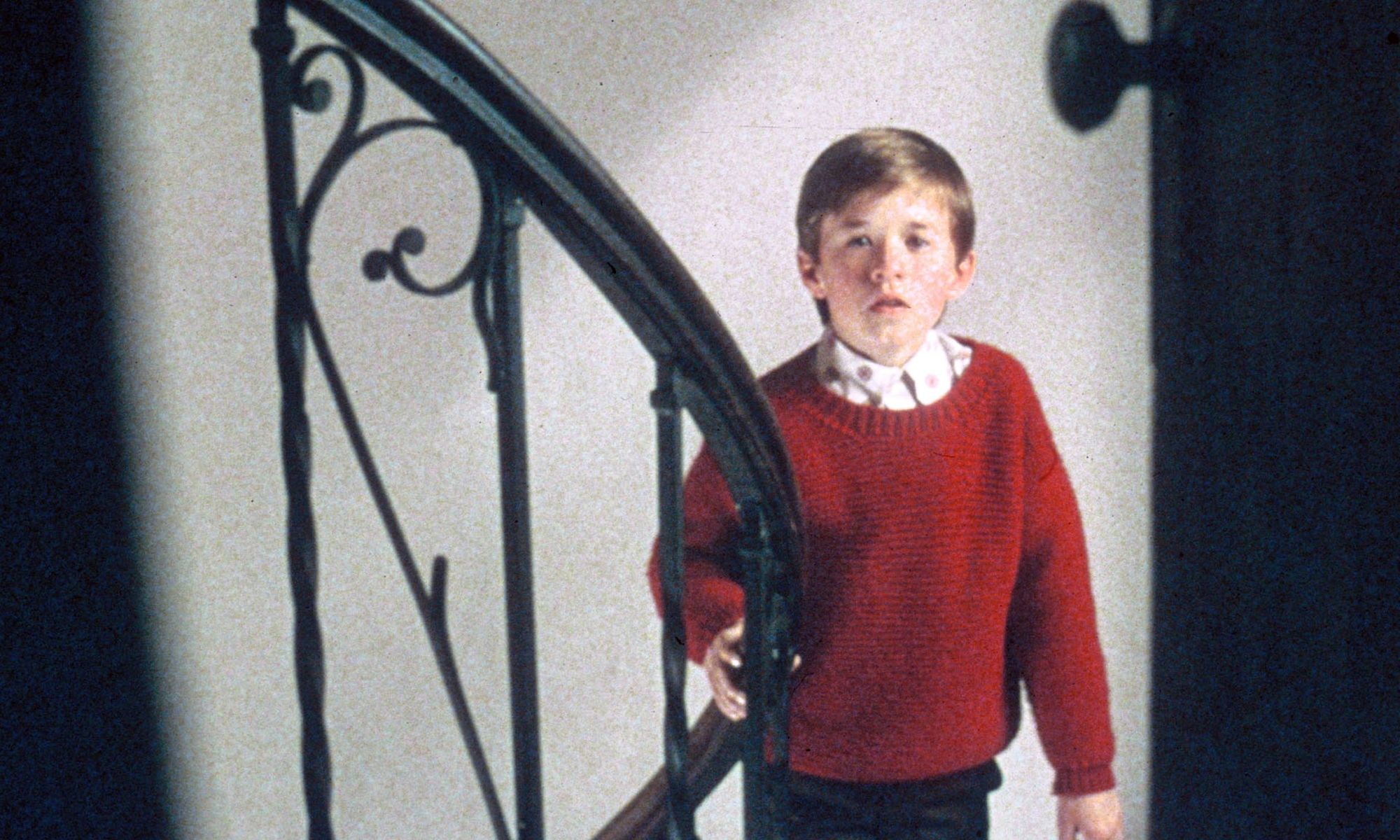
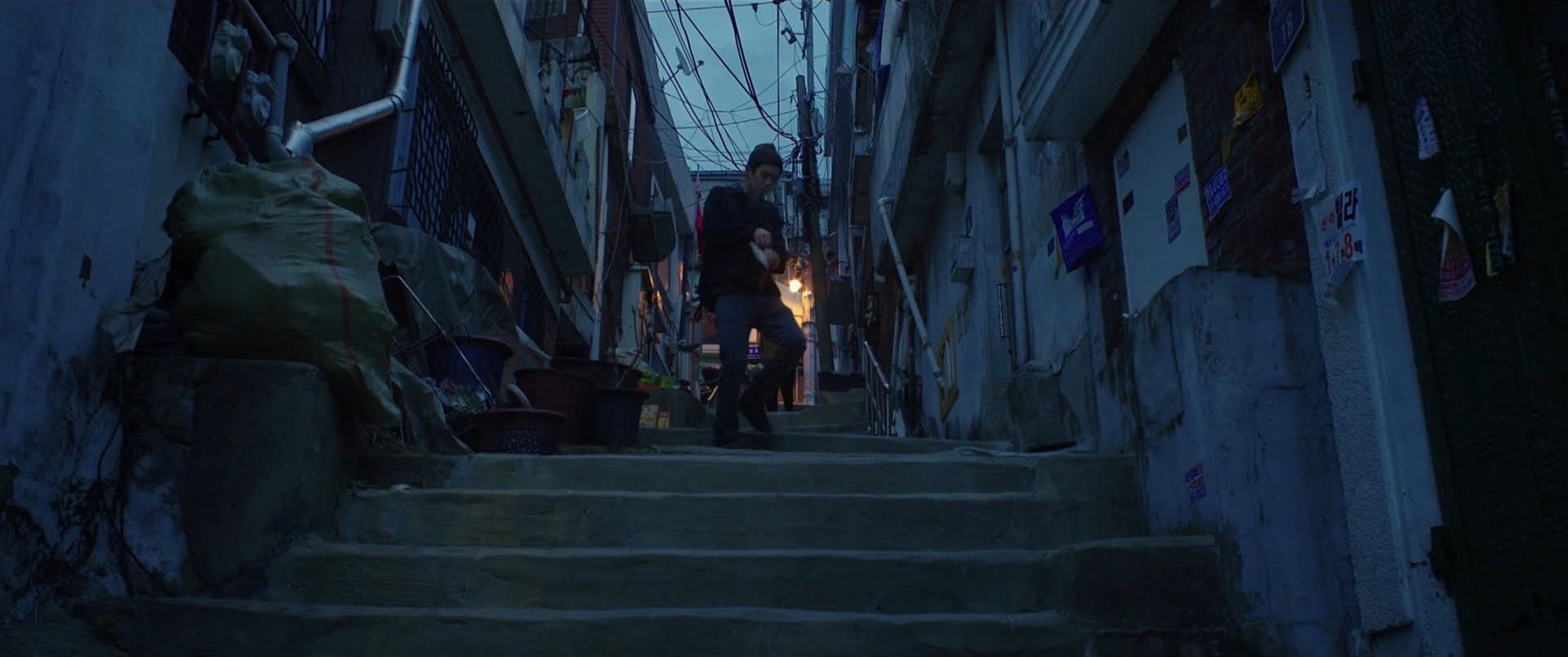
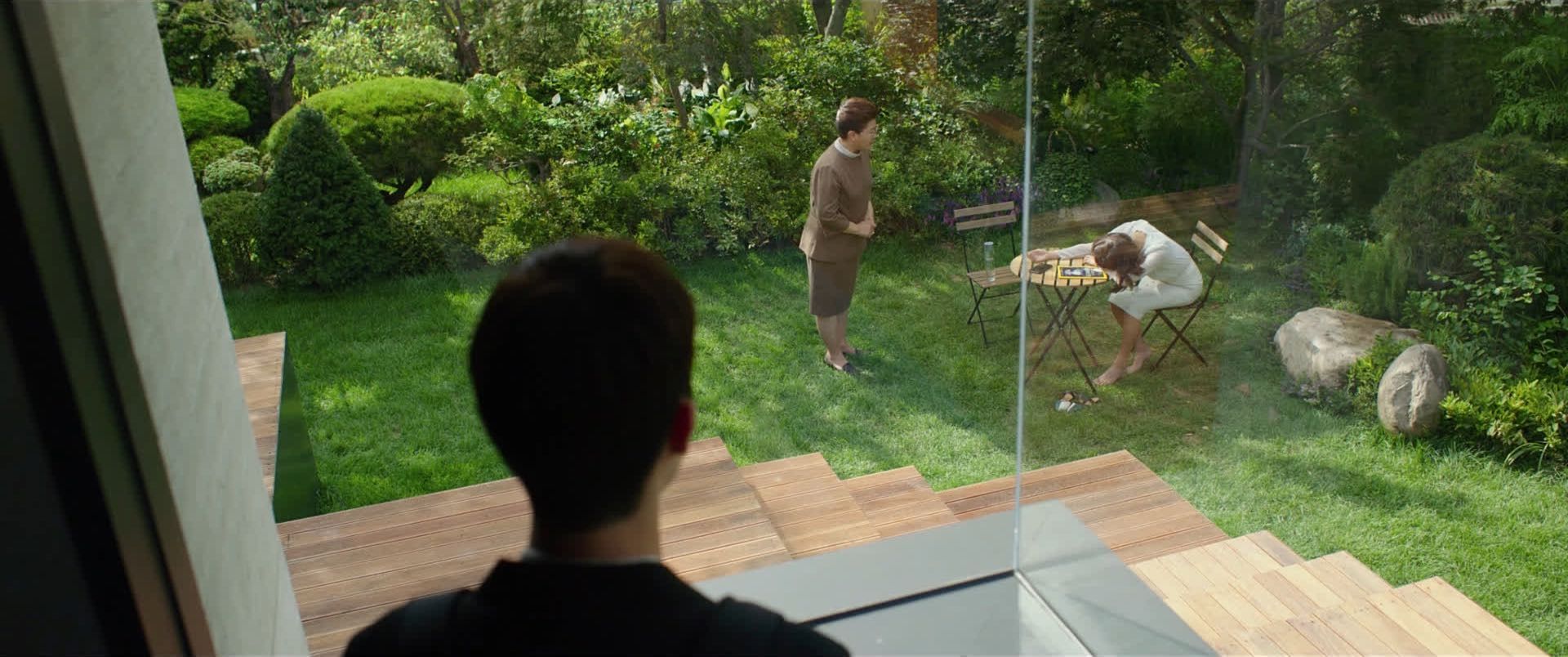
The color in Blue and The Sixth Sense, the antlers in Hannibal, the feather in Forrest Gump, and the use of stairs and windows in Parasite.
To create the meaning, we must create connective tissue between the symbol and what it represents. The easiest way is to connect it through interaction. For example, if an object is to represent a theme a character is struggling with, they must possess it, speak about it, or refer to it in some way while struggling with that theme.
Once the image or sound is connected, then we can repeat it throughout the story to build on our theme, or to reiterate it if it's unchanging.
If you develop it, look at how the symbol grows, changes, diminishes, or gets destroyed throughout the script, and what does it say about the theme or relationship it represents?
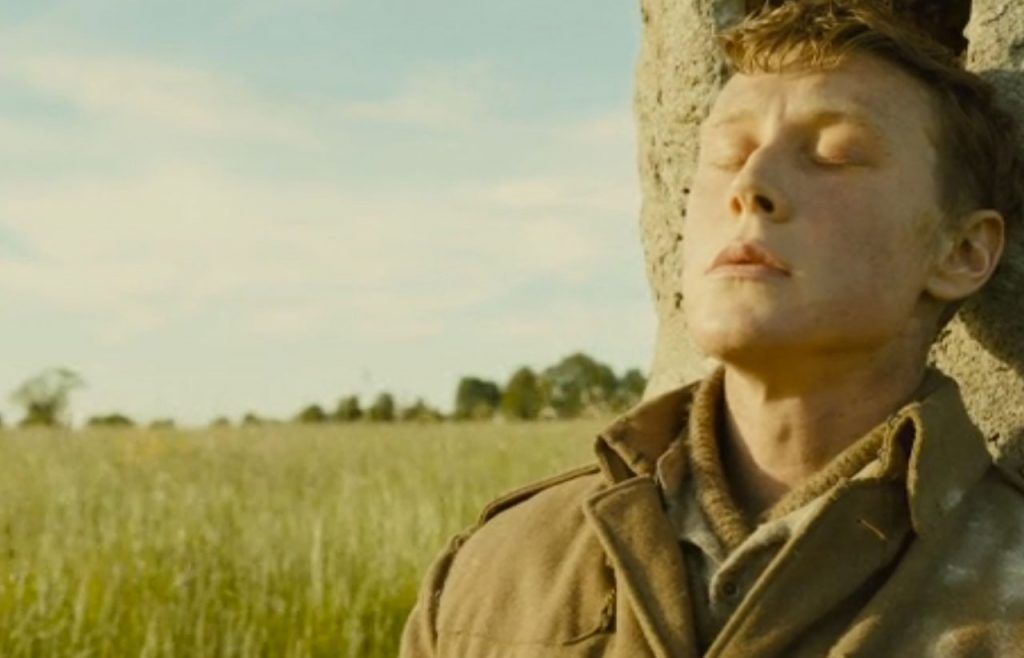
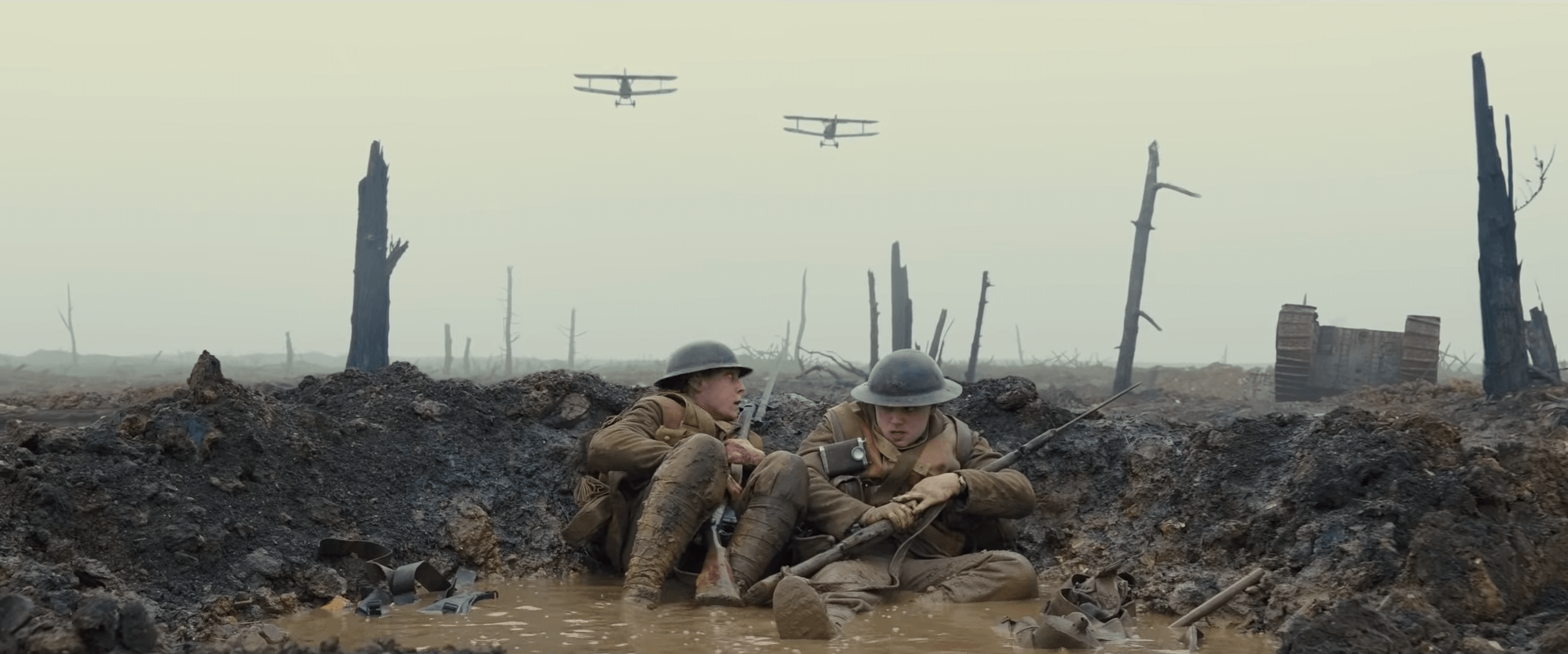
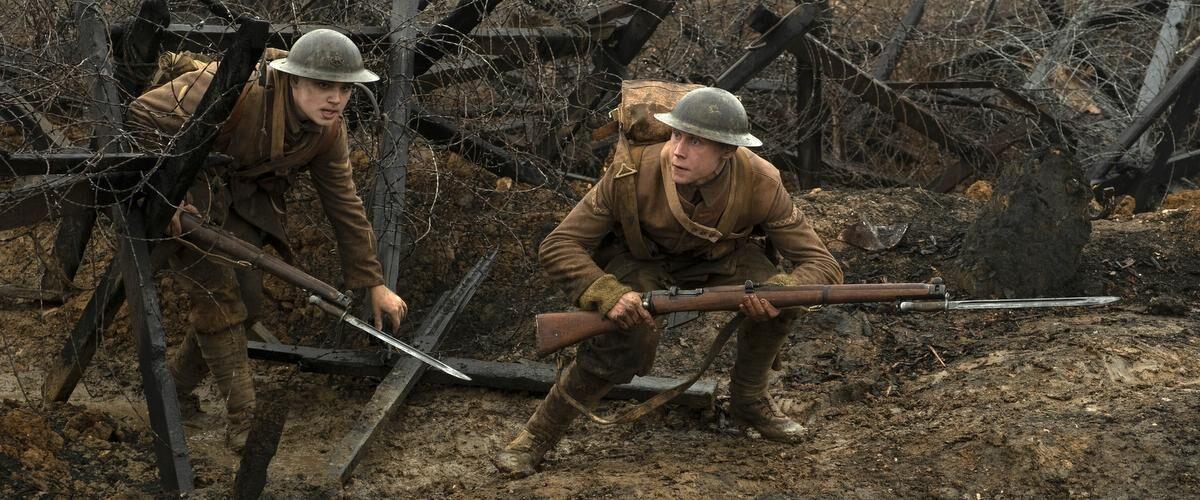



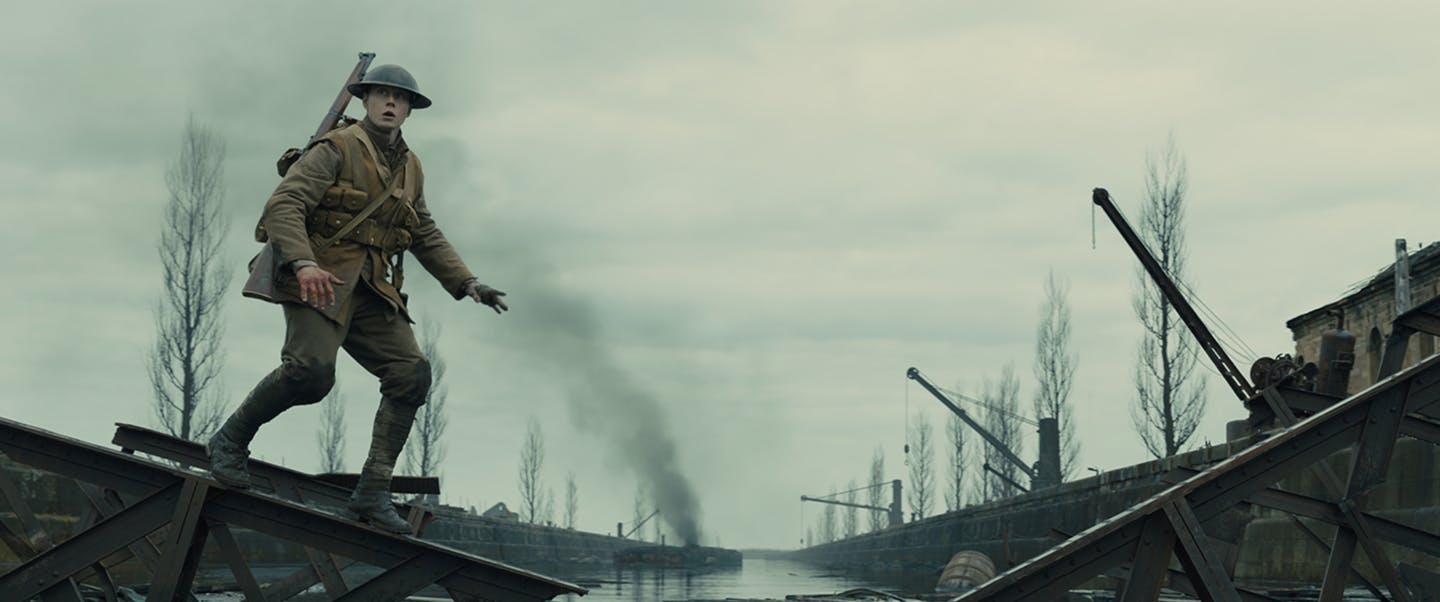


Look at the use of trees and buildings in the film 1917 to evoke ideas of home.
Also, some images and sounds may only act as imagery. They may be evocative and act as an easter egg throughout the story, but if they're not connected to the theme, idea, or character, then they carry no meaning.
We also mustn't confuse allusion with symbolism. If you allude to something else, such as a movie, song, book, or other piece of media, this doesn't mean it's carrying the meaning of the theme.
Metaphor Trees
When you are constructing your story, a good tactic is to keep all your symbols and metaphors connected within the same field.
For example, space is related to rocks and astronauts, but it's different from birds, flowers, and animals. If you’ve compared the main relationship around the moon, you don’t suddenly want to throw the symbol of a giraffe into the mix.
They can also be placed at odds with each other (i.e. fire and water, etc...) But keeping them connected in some way can bring unity to your story.

Final thoughts
Remember that theme will often come naturally through the choices you make. Your job is to control what your writing might be saying.
You can build it from the idea itself, or out of the characters or plot.
Finally, don't lose your theme in the rewrite. As you work on your writing, sometimes story choices will remove elements of your theme. Be constantly aware of what’s happening to each element as you do the work.
Assignment
Write a 2-3 page script of any type, that considers a theme through one aspect of WOARO. Be conscious of the thematic argument (the topic, value, and cause) that you are making within your script.
You are not allowed to use alternative story structures or non-fiction patterns of development for this exercise.
When you post your script to your group, please let us know what theme you’ve chosen. If you are a reader who doesn’t feel comfortable with the theme, please let me know that you’ve chosen not to read it.
More importantly, when you are giving feedback, focus on the content of the story and whether it succeeds at the theme, but do not argue against the theme.
Marking Criteria
- Written in the active, present tense.
- Proper screenplay format (including sluglines; parenthesis, and ALL CAPS on the introduction of characters).
- Proper grammar, punctuation, and spelling.
- Proper use of descriptions.
- Includes a title page that uses the proper format.
- Only 5 errors are allowed per script.
❗ This assignment is due: on Sunday, November 5 at midnight. ( Saskatchewan time ).